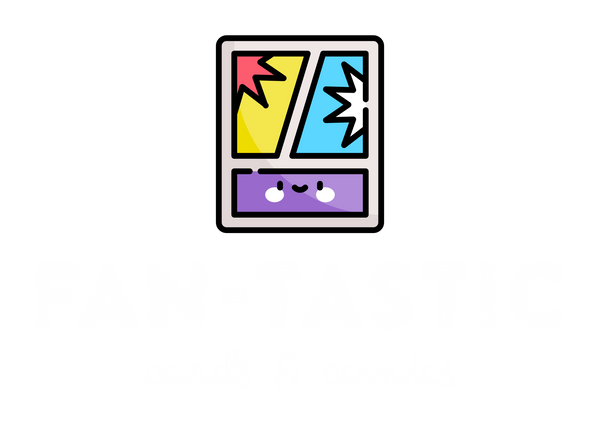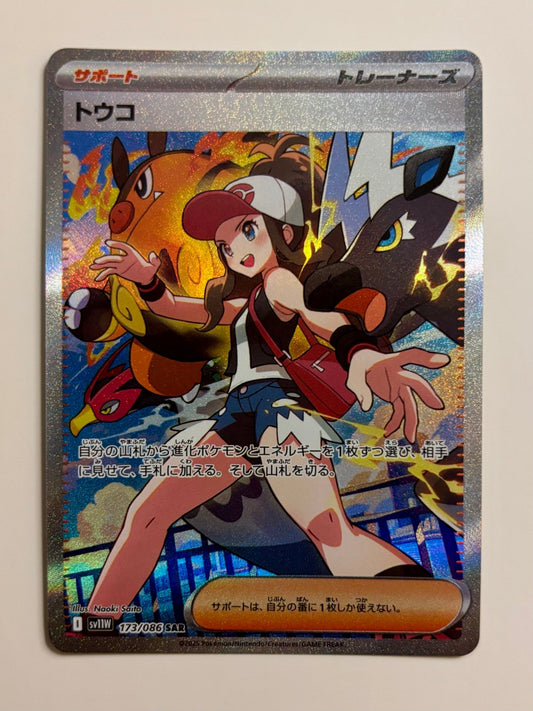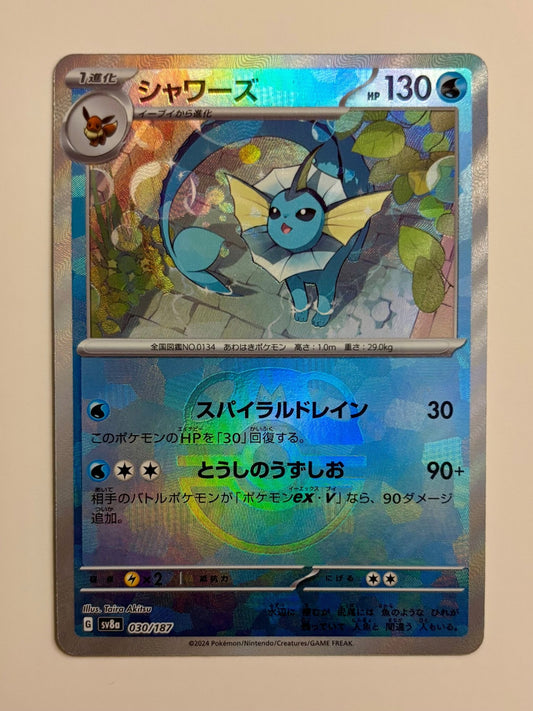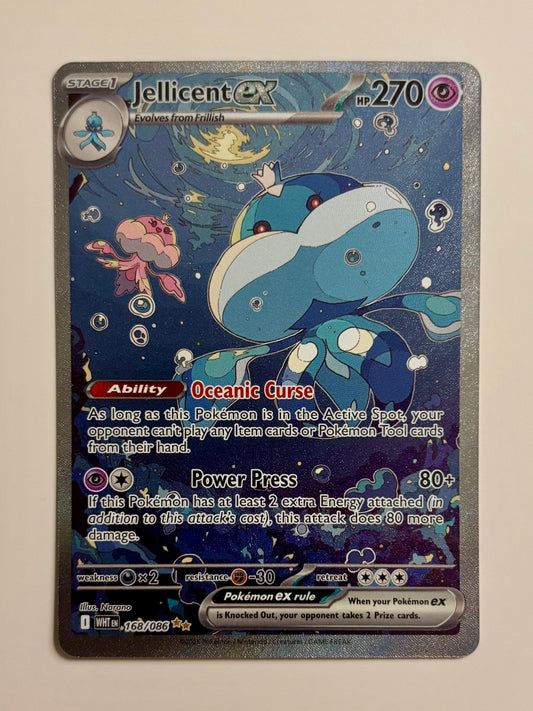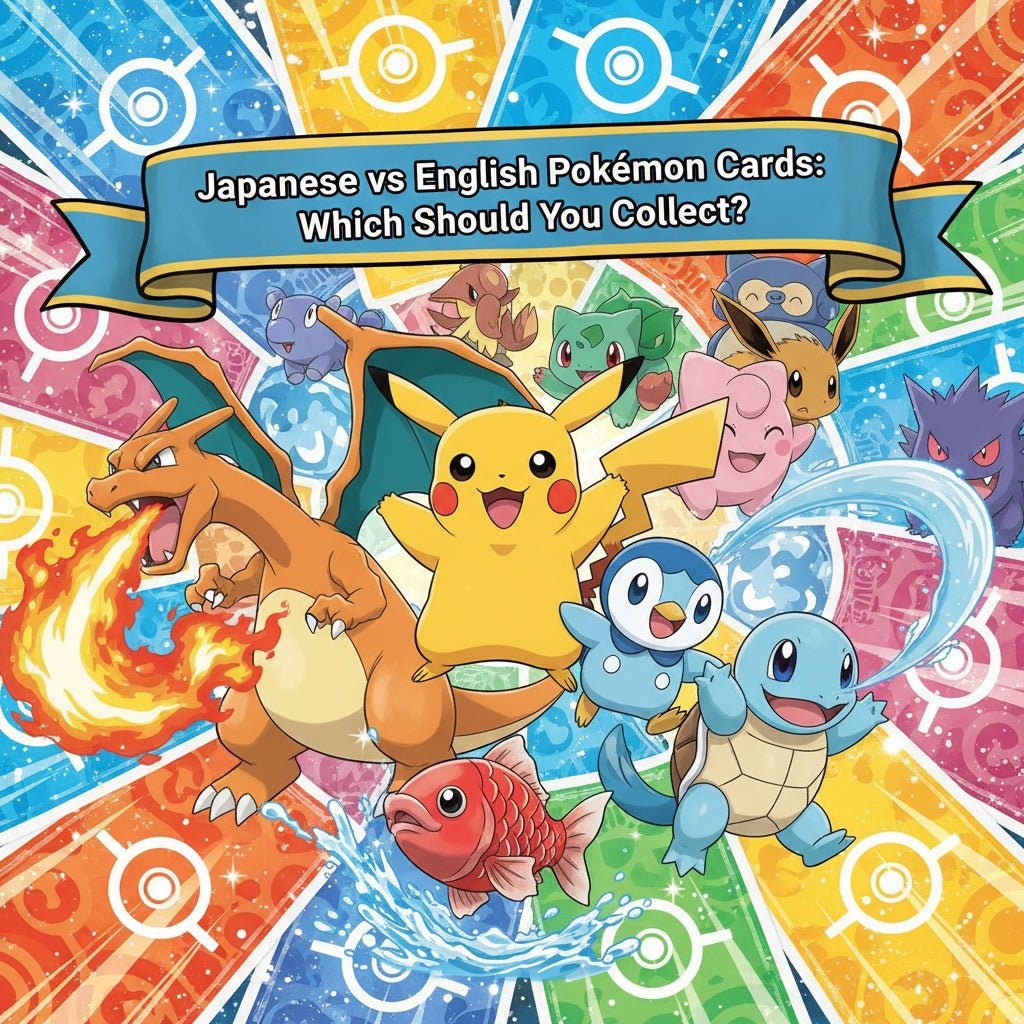
Japanese vs English Pokémon Cards: Which Should You Collect?
Share
Last Updated: October 10, 2025 | Reading Time: 8 minutes
If you've spent any time in the Pokémon TCG community, you've probably noticed the growing popularity of Japanese Pokémon cards. At our Asheville shop, 65% of our Pokémon card sales are now Japanese cards—and for good reason.
But which should YOU collect: Japanese or English cards?
The answer depends on your goals. Whether you're a competitive player, casual collector, or investor, this guide will help you make the right choice.
Quick Comparison: Japanese vs English Pokémon Cards
| Factor | Japanese Cards | English Cards |
|---|---|---|
| Print Quality | Superior (thicker stock, better centering) | Good, but more print line issues |
| Price | Generally 30-50% cheaper | Higher retail prices |
| Rarity | Lower print runs, harder to find in US | Widely available |
| Tournament Legal | Not legal in English tournaments | Legal in all official play |
| Investment Potential | Growing demand, especially vintage | Established market, higher liquidity |
| Pull Rates | Slightly better (community consensus) | Standard pull rates |
| Resale Market | Smaller but growing | Large, established market |
Print Quality: Why Japanese Cards Feel Different
The Japanese Advantage
One of the first things collectors notice when holding a Japanese Pokémon card is the superior print quality.
Key Differences:
- Thicker card stock - Japanese cards feel more premium and durable
- Better centering - Fewer off-center cards (important for grading!)
- Sharper colors - Richer, more vibrant artwork
- Fewer print lines - Less common quality control issues
- Glossier finish - Holos and full arts really pop
Why This Matters:
If you're planning to grade your cards (PSA, BGS, CGC), Japanese cards have a higher chance of getting gem mint grades due to better quality control.
English Card Quality
English cards aren't bad—they're just printed to different standards:
- Slightly thinner card stock
- More frequent centering issues
- Occasional print lines or whitening on edges
- Still excellent for play and casual collecting
Bottom Line: For raw card collecting or grading, Japanese cards have the edge. For gameplay, English cards are required for official tournaments.
Price: Where Your Money Goes Further
Japanese Cards Are Cheaper (Usually)
Here's a real example from our shop:
Charizard ex (Scarlet & Violet set - as of October 2025):
- Japanese version: $45-60
- English version: $80-120
Why the price difference?
- Lower US demand (historically) - Though this is changing fast!
- Import costs - Shipping from Japan adds some cost, but not enough to close the gap
- Market perception - English cards traditionally seen as more "collectible" in the US
When English Cards Cost Less
There are exceptions:
- Bulk commons/uncommons - English cards are easier to find locally
- Vintage cards (pre-2010) - English Base Set, Jungle, Fossil can be cheaper than Japanese equivalents
- Promos - Some English promos are more common than Japanese versions
Bottom Line: If you're budget-conscious, Japanese cards offer better value per dollar, especially for modern chase cards.
Rarity & Availability: The Hunt
Japanese Cards: Harder to Find in the US
Pros:
- Lower print runs in many sets
- Exclusive Japanese-only sets and promos
- Feels more "special" to own something rare in your region
Cons:
- Must order online or find specialty shops (like ours!)
- Longer wait times for new releases
- Smaller selection at most US card shops
English Cards: Everywhere
Pros:
- Available at Target, Walmart, local game stores
- Instant gratification - buy and open today
- Easier to complete sets locally
Cons:
- Higher print runs = less scarcity
- Everyone has access to the same cards
Bottom Line: Japanese cards offer more exclusivity, while English cards offer convenience.
Tournament Play: The Deal-Breaker for Competitors
If You Play Competitively: English Only
This is non-negotiable:
Official Pokémon TCG Rules:
- Japanese cards are NOT legal in English-language tournaments
- All cards must be in the local language (English for US/Canada)
- No exceptions, even with card sleeves
If you're a competitive player, you MUST collect English cards for your playable decks.
Japanese Cards for Collection, English for Play
Many serious players do both:
- Japanese cards for display, grading, and investment
- English cards for tournament decks
Bottom Line: Competitive players need English. Collectors can choose either (or both!).
Investment Potential: Which Holds Value Better?
English Cards: Established Market
Pros:
- Larger buyer pool in the US
- More historical price data
- Higher liquidity (easier to sell quickly)
- Graded English cards command premium prices
Cons:
- Higher initial cost
- More competition from other sellers
Japanese Cards: Growing Demand
Pros:
- Rapidly growing US market - Demand up 200%+ in past 3 years
- Lower entry cost = higher ROI potential
- Superior print quality = better grading outcomes
- Exclusive Japanese sets becoming highly sought-after
Cons:
- Smaller resale market (for now)
- Less price history to predict trends
Real Example from Our Shop:
We've seen Japanese Charizard cards from the 151 set appreciate 40% in 6 months, while English equivalents rose only 15-20%.
Bottom Line:
- Short-term flipping: English cards (easier to sell)
- Long-term investment: Japanese cards (growing demand, lower cost basis)
- Safest bet: Collect both!
Pull Rates: Do Japanese Boxes Have Better Odds?
The Community Consensus: Yes (Slightly)
While Pokémon Company doesn't publish official pull rates, community data suggests:
Japanese Booster Boxes:
- Slightly better hit rates for ultra rares
- More consistent distribution
- Fewer "dud boxes" (boxes with no hits)
English Booster Boxes:
- More variable pull rates
- Occasional quality control issues (resealed packs, missing cards)
Our Experience:
At Fan-Tastic Cards, we've opened hundreds of boxes. Japanese boxes feel more consistent, but the difference isn't huge.
Bottom Line: If you're ripping packs for fun, Japanese boxes might give you slightly better odds—but don't expect a massive difference.
Grading: Which Cards Grade Better?
Japanese Cards Have the Edge
PSA 10 Rate Comparison (Community Data):
- Japanese modern cards: ~15-20% PSA 10 rate
- English modern cards: ~8-12% PSA 10 rate
Why?
- Better centering out of the pack
- Fewer print lines and surface issues
- Thicker card stock = less edge wear
Grading Cost:
PSA, BGS, and CGC charge the same price to grade Japanese and English cards, so Japanese cards offer better ROI if you're grading for profit.
Bottom Line: If you're grading cards, Japanese cards are more likely to achieve gem mint grades.
Which Should YOU Collect?
Collect Japanese Cards If:
- ✅ You prioritize print quality and premium feel
- ✅ You're budget-conscious and want more bang for your buck
- ✅ You're investing long-term and believe in growing US demand
- ✅ You're grading cards and want better odds at PSA 10
- ✅ You love exclusive sets not available in English
Collect English Cards If:
- ✅ You play competitively in official tournaments
- ✅ You want easy access to cards locally
- ✅ You prefer higher liquidity for quick resale
- ✅ You're collecting vintage sets (Base Set, Jungle, Fossil, etc.)
- ✅ You want to support the US Pokémon community
Collect BOTH If:
- ✅ You're a serious collector who wants the best of both worlds
- ✅ You want diversification in your investment portfolio
- ✅ You appreciate different artwork (some Japanese sets have exclusive art)
- ✅ You have the budget to explore both markets
Where to Buy Japanese Pokémon Cards in Asheville
At Fan-Tastic Cards & Comics, we specialize in Japanese Pokémon cards—they make up 65% of our Pokémon inventory!
🎁 Special Offer for Blog Readers:
Mention this article in-store or use code JPNGUIDE10 online and get 10% off your first Japanese Pokémon purchase!
What We Offer:
- ✅ Authentic Japanese booster boxes, packs, and singles
- ✅ Exclusive Japanese-only sets
- ✅ Competitive pricing (often 30-50% less than English equivalents)
- ✅ Expert authentication (we inspect every card)
- ✅ Free appraisals on your collection (up to 20 items)
Visit Us:
📍 100 District Dr, Asheville, NC 28803
⏰ Mon-Sat: 11am-6pm | Sun: 12pm-5pm
Frequently Asked Questions
Are Japanese Pokémon cards fake?
No! Japanese cards are official Pokémon products printed by the Pokémon Company in Japan. However, always buy from reputable sellers to avoid counterfeits.
Can I use Japanese cards in my English deck?
Not in official tournaments. For casual play with friends, it's up to your playgroup.
Do Japanese cards have English text?
No, all text is in Japanese. However, card effects are the same—you can look up translations online.
Are Japanese cards worth more?
It depends on the card. Some Japanese cards are worth more (vintage, exclusive sets), while popular English cards often command higher prices due to demand.
Where can I sell Japanese Pokémon cards?
Online marketplaces (eBay, TCGPlayer), local card shops (like ours!), or collector communities. We also offer buyback at 40% of market value.
